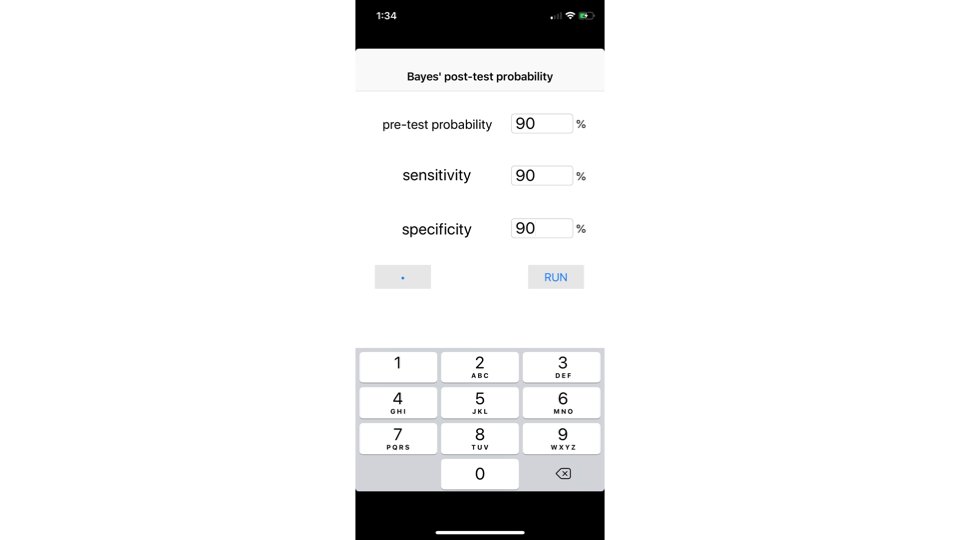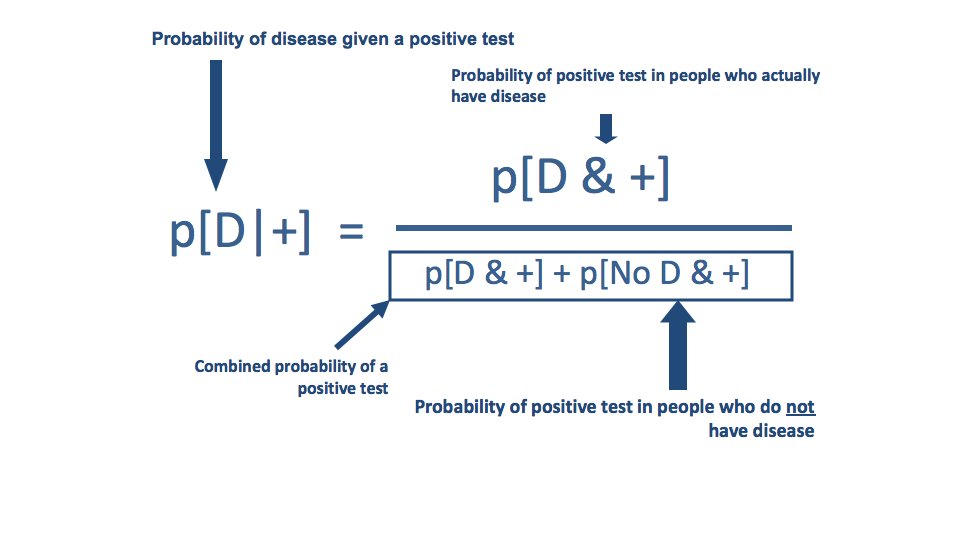Breaking #COVID19 Data – Please Share: #COVID19 is #NotJustCough. For the past 2 weeks I've worked with colleagues in Wuhan to analyze data on digestive symptoms of #COVID19. We just published the pre-print here: journals.lww.com/ajg/Documents/… This paper focuses on people with...(1/8)
...less severe disease reflective of those in the community who do not need critical care but wonder about their symptoms. In this study, we focused on #COVID19 patients w/ digestive symptoms like diarrhea, nausea, vomiting. We found that compared to people w/ only...(2/8)
...respiratory symptoms but no gastro symptoms, those with GI symptoms were more likely to test positive in stool for #COVID19, to have a longer delay before viral clearance, & to experience delayed diagnosis compared to those w/ respiratory symptoms alone. When people...(3/8)
...presented with GI symptoms, they had fever 62% of the time. Fever was more common in those with both upper (nausea/vomiting) and lower (diarrhea) GI symptoms. The #COVID19 diarrhea lasts 1 to 14 days, w/ average duration of ~5 days & frequency of ~4 bowel movements...(4/8)
...per day. Importantly, gastro symptoms are common in the community & most instances of new-onset diarrhea, nausea, or vomiting are *not* from #COVID19. Nonetheless, clinicians should recognize that new-onset, acute GI symptoms in a patient with a possible contact should...(5/8)
...at least prompt consideration of the illness, particularly during times of high #COVID19 incidence/prevalence. Failure to recognize these patients early may lead to unwitting spread of the disease among outpatients with mild illness who remain undiagnosed and...(6/8)
...unaware of their potential to infect others. The data in this study highlight the presence and features of this important subgroup of #COVID19 patients but should be confirmed in larger international studies. In the meantime, people with new-onset diarrhea, especially...(7/8)
...with fever, should contact their doctor (as always), self-quarantine, and be fastidious about hand washing, including after toileting (again, as always). Full press release from @AmCollegeGastro is here: gi.org/wp-content/upl…. Remember: #COVID19 is #NotJustCough.
(8/8)
(8/8)
• • •
Missing some Tweet in this thread? You can try to
force a refresh








